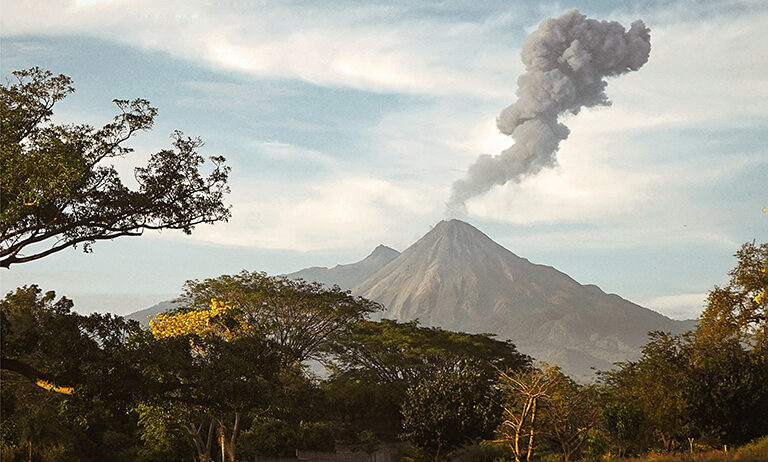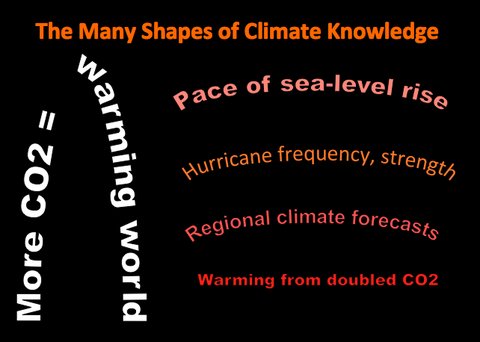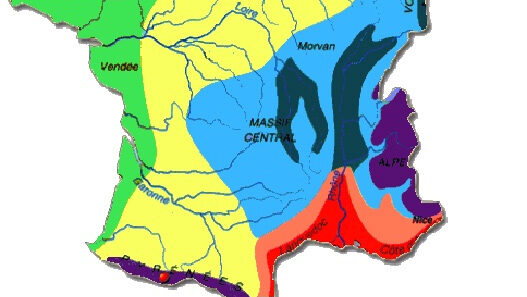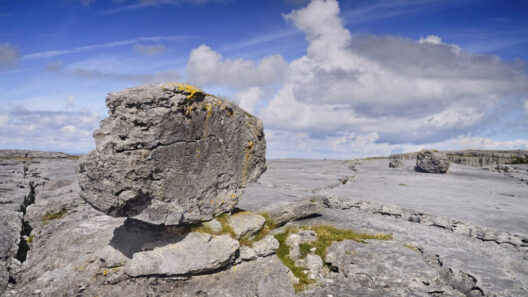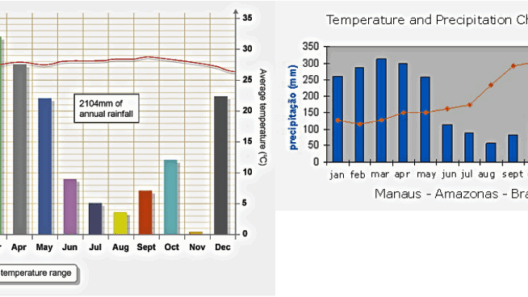In the grand tapestry of Earth’s climate system, volcanic activity plays a pivotal yet often underappreciated role. The question of whether volcanoes cause climate change is not merely academic; it is a matter that intersects with environmental science, public policy, and our understanding of the planet’s geological processes. This article seeks to illuminate the nuanced and complex relationship between volcanic eruptions and climate change, examining various dimensions to elucidate the profound implications of this phenomenon.
Firstly, it is essential to understand the mechanics of volcanic eruptions. When a volcano erupts, it releases a melange of gases and particulate matter into the atmosphere. Among these emissions are sulfur dioxide (SO₂), carbon dioxide (CO₂), water vapor, and tiny ash particles. Each of these constituents has distinct effects on the climate. Sulfur dioxide, for instance, can react with water vapor in the atmosphere to form sulfate aerosols, which have a cooling effect by reflecting sunlight away from Earth’s surface. Conversely, carbon dioxide is a greenhouse gas that contributes to warming. This dichotomy underscores the complexity inherent in volcanic emissions and their climate-related consequences.
The short-term climatic effects of significant eruptions can often be observed within a few months to years. One notable example is the eruption of Mount Pinatubo in 1991. This eruption is widely recognized for its substantial impact, having injected approximately 20 million tons of sulfur dioxide into the stratosphere. The ensuing aerosol cloud effectively reduced global temperatures by about 0.5 degrees Celsius for two years, a striking illustration of how volcanic activity can induce transient cooling on a global scale.
On the other hand, the long-term implications of volcanic emissions deserve equal consideration. While major eruptions may result in short-term cooling effects, the release of carbon dioxide and other greenhouse gases can inadvertently contribute to long-term warming trends. The cumulative effects of millions of years of volcanic activity have indeed contributed to atmospheric CO₂ levels. According to geological records, periods of intense volcanic activity, such as the Siberian Traps approximately 252 million years ago, coincided with extreme global warming events, resulting in significant biodiversity loss and ecological upheaval.
It is equally important to discuss the regional impacts of volcanic eruptions. Different regions exhibit varying vulnerabilities to volcanic emissions, influenced by local climate conditions, topography, and population density. For example, a volcanic eruption in an isolated region may manifest different climatic and ecological consequences compared to one occurring near a populous urban center. The effects on air quality can be profound; ash and sulfur compounds can lead to respiratory issues and environmental degradation. Understanding these localized effects is vital for effective disaster management and public health strategies.
Furthermore, the interaction between volcanoes and other climate factors adds another layer of complexity. Climate change itself can influence volcanic activity, with theories suggesting that the melting of glaciers may reduce pressure on underlying magma chambers, inciting eruptions. This creates a feedback loop where climate change and volcanic activity mutually influence one another, complicating our predictive models and mitigation strategies.
The public perception of volcanoes as agents of climate change often swings between two extremes. On one end, there is a tendency to downplay volcanic influence, attributing climate change solely to human activity. On the opposite end, some may evoke the “natural variability” argument to dismiss anthropogenic climate change. This polarized narrative overlooks the intricate interplay of natural and anthropogenic forces that shape the Earth’s climate. Rather than viewing volcanoes as mere background noise in the climate dialogue, they should be recognized as significant contributors to both short-term variability and long-term trends.
Given the urgent need for informed climate action, it is imperative to address the misconceptions surrounding volcanic emissions within the broader context of climate change. Enhanced public understanding of the scientific realities can bridge gaps in knowledge and foster more nuanced dialogues around climate policy. This understanding should not only encompass the mechanics of volcanic eruptions but also the ethical considerations of mitigative strategies. For instance, while volcanic eruptions can momentarily influence climatic trajectories, they should not serve as a rationale to neglect or delay action against human-induced climate change.
In conclusion, the relationship between volcanic activity and climate change is multifaceted and warrants thorough exploration. Volcanic eruptions can indeed impact climate, at both a level of immediate disruption and over geological timescales. As the global community grapples with the complexities of climate dynamics, recognizing the role of natural phenomena—including volcanoes—is essential. By doing so, we can foster a more comprehensive and scientifically-informed discourse on climate change, enhancing our collective capacity to respond to the challenges it presents. Ultimately, the dialogue surrounding volcanism and climate change is not just about understanding natural phenomena; it encompasses the formulation of strategies for sustainable development and resilience in an era of climatic uncertainty.



